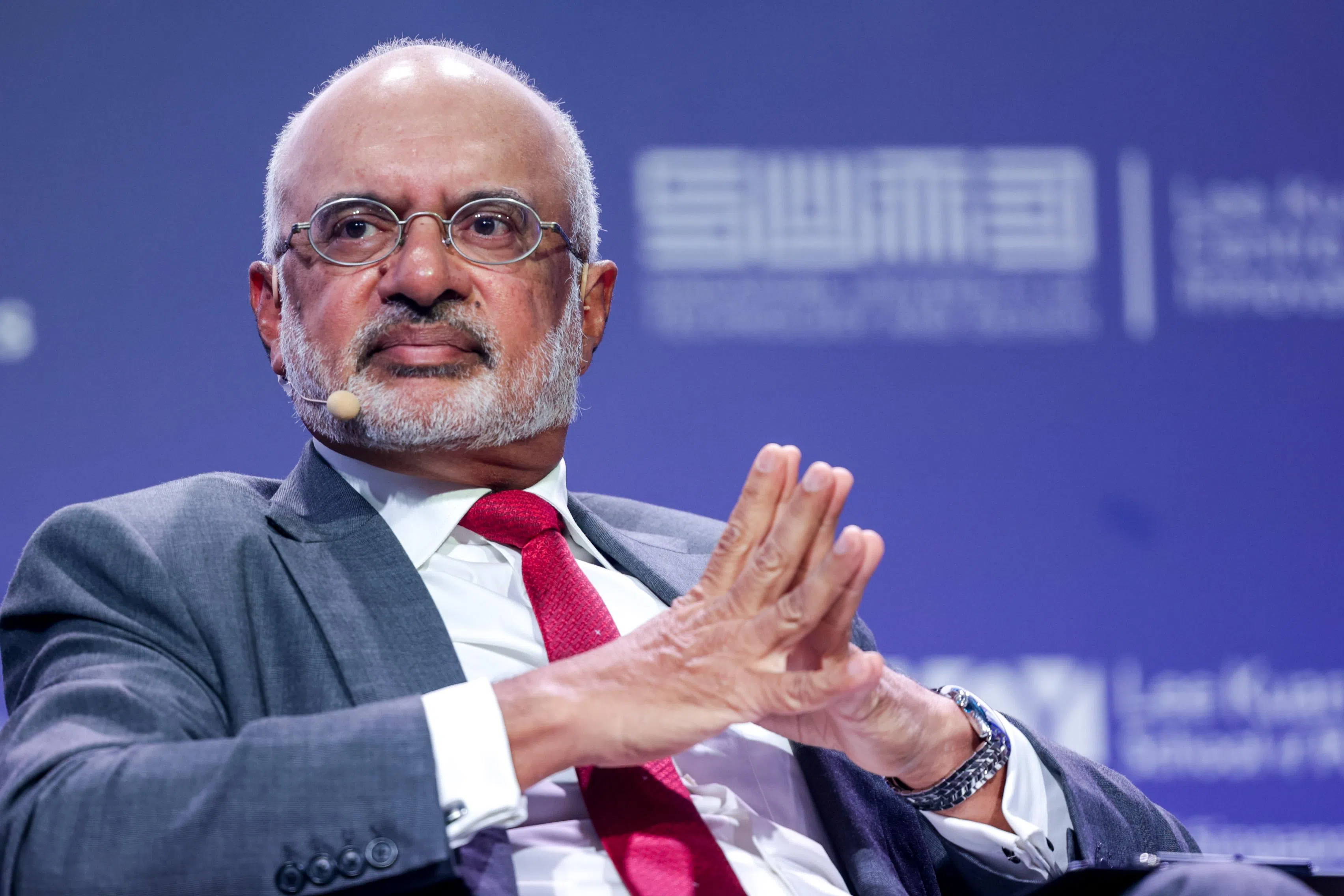DBS chief executive officer Piyush Gupta will be handing over the reins to deputy CEO Tan Su Shan on Mar 28, as he retires after 15 years at the helm.
In the bank’s annual report released on Mar 6, Gupta reflects on his time at DBS, particularly on its digital transformation.
“Of these, effecting culture change was arguably the most challenging but also the most game-changing. While conventional wisdom is that it is difficult for a legacy company to transform at scale – with some companies preferring to keep the old and new organisations separate – we were committed to taking all our employees along in the journey.”
Read his full letter here:
In less than a month, I will be retiring from DBS after 15 years at the helm. Looking back, this has without a doubt been the most fulfilling part of my entire career. When I joined the bank in November 2009, the industry was in the throes of the global financial crisis. DBS had an impressive pedigree and many strengths, including a solid deposit franchise in Singapore and a meaningful Asia network, but also untapped potential. At the start, we set out to build the “Asian bank of choice for the new Asia”; some years later, as fintechs threatened to encroach into our space, we further redefined banking by leveraging technology. In the process, we put DBS on the map with multiple global Best Bank accolades.
Reflecting on what made DBS’ digital transformation successful, a few things come to mind. First, the transformation was pervasive – we transformed everything from the technological architecture in the backend to customer interfaces at the front end. Second, we moved away from product siloes to thinking about customer journeys. Third, we changed the bank’s culture such that the workforce increasingly embraced innovation, experimentation and some degree of risk taking. Fourth, we put in place a system to measure progress.
Of these, effecting culture change was arguably the most challenging but also the most game-changing. While conventional wisdom is that it is difficult for a legacy company to transform at scale – with some companies preferring to keep the old and new organisations separate – we were committed to taking all our employees along in the journey. More than that, instead of trying to change culture by diktat, we established a common vision and equipped our people with the frameworks and tools to embrace a new way of working – creating “culture by design”. By adopting a ground-up approach, we were able to have a thousand flowers bloom. I saw clearly what Peter Drucker, the famed management guru, meant when he said, “Culture eats strategy for breakfast.” Today, DBS is more entrepreneurial, daring, agile and adaptable than before.
I am confident that Su Shan will take the bank to the next level by building on the strengths that set us apart:
-
Being purposeful and collaborative. With its roots as the Development Bank of Singapore, DBS has the ethos of wanting to do real things for real people deeply embedded in its DNA. Such a desire to make a difference for customers and society is quite unusual in today’s world. It allows everyone to work together for a common good instead of putting individual agendas first. By creating an environment that fosters trust, it also supports a greater degree of risk-taking and, in turn, the agility we have as a company.
-
Leveraging technology. I believe we have largely accomplished the goal we had set for ourselves in 2014, of creating a different kind of bank and redefining our category. However, in the next three to four years, we have to take another big leap forward. While we have shifted a lot of applications to the new tech stack, there are still several more to be moved. There is also the need to simplify and standardise our architecture and processes to the next level.
-
Leveraging artificial intelligence (AI), especially GenAI. AI is already proving to be game-changing in improving our ability to predict customer behaviours and response patterns. We have over 1,500 models running across more than 370 use cases in the bank. That is clearly a leadership position in our industry. But the big tech firms have a hundred times more models and use cases, so we have a lot of scope to improve further. Additionally, from the various use cases we piloted in the past 12 months, it is clear that GenAI will have a profound impact on the nature of work and jobs. We have to fully embrace the possibilities, which should lead to a fundamental rethink of our operating models and even the creation of new business models.
-
Harnessing Managing through Journeys (MtJs). Competitive advantage in the future will come from how we work, not just what we do. With the exponential speed at which technology is evolving, it is difficult to predict what the future will hold. We implemented MtJs to foster working in horizontal organisations, be totally data-driven, and have the nimbleness to experiment and innovate at the coalface. We have made good progress in MtJs, and I am confident that if we keep it our way of life, we will continue to win.
I would like to express my immense gratitude to the board, group management committee and my 41,000 colleagues for the incredible journey – it was only together that we were able to accomplish what we did. I shall miss the camaraderie and the magic that happens when a purpose-driven company is motivated by a common goal: to enrich the lives of individual customers and transform businesses. It has truly been a privilege, and I am secure in the belief that under Su Shan’s leadership, the bank will go from strength to strength.







